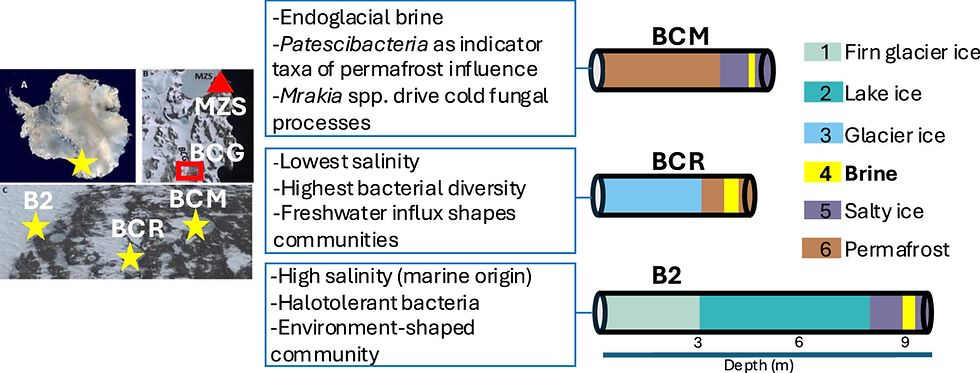The role of NOD-like receptors in innate immunity
- David Ojcius
- Mar 15, 2023
- 2 min read
Updated: Apr 3, 2023
by Cassio Luiz Coutinho Almeida-da-Silva, Luiz Eduardo Baggio Savio, Robson Coutinho-Silva and David M. Ojcius
The innate immune system in vertebrates and invertebrates relies on conserved receptors and ligands, and pathways that can rapidly initiate the host response against microbial infection and other sources of stress and danger. Research into the family of NOD-like receptors (NLRs) has blossomed over the past two decades, with much being learned about the ligands and conditions that stimulate the NLRs and the outcomes of NLR activation in cells and animals. The NLRs play key roles in diverse functions, ranging from transcription of MHC molecules to initiation of inflammation. Some NLRs are activated directly by their ligands, while other ligands may have indirect effects on the NLRs. New findings in coming years will undoubtedly shed more light on molecular details involved in NLR activation, as well as the physiological and immunological outcomes of NLR ligation.
Introduction
The mammalian immunity consists of an innate immune system with ancient genome-encoded and highly conserved receptors and a more recently acquired adaptive immune system. The innate immune system provides the initial response against microbial invasion and other sources of danger. One of the goals of this first line of defense is to generate an immediate and non-specific response to infection and to maintain the pathogen under control. Moreover, the innate immune responses induce and shape the optimal adaptive immune responses and stimulate the generation of effector and memory T- and B-cell responses. Innate immune mechanisms are also responsible for recycling damaged cells and for initiating the process of tissue repair.
This rapid defense mechanism is dependent on the ability of the innate immune system to recognize quickly potentially harmful molecules by means of its pattern recognition receptors (PRRs), which recognize conserved damage-associated molecular patterns (DAMPs) and pathogen-associated molecular patterns (PAMPs) (1–3). The innate immune system expresses a broad range of PRRs, such as the family of Toll-like receptors (TLRs), retinoic acid-inducible gene-I (RIG-I)-like receptors (RLRs), C-type lectin receptors (CLRs), and the nucleotide-binding domain (NOD), leucine-rich repeat-containing protein receptors (NLRs) (4, 5).
This article will emphasize the role of NLRs in innate immunity.
Free article. Read more at:








Comments